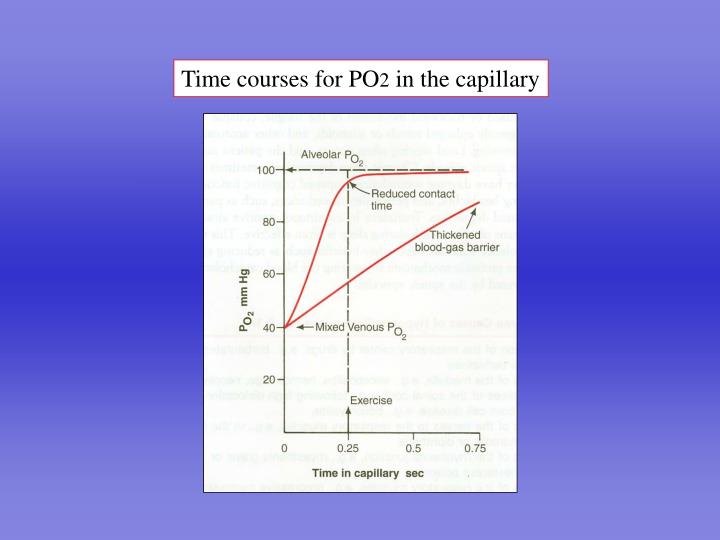

The Dräger XL ventilator (Dräger Medical, Telford, Pennsylvania) is equipped with integrated CO 2 and volume measurement capabilities (volumetric CO 2). 22 Technological advancements allow the use of a metabolic analyzer, 23, 24 and, more recently, use of volumetric capnography and a volumetric CO 2 monitor.

The traditional technique of measuring P ĒCO 2 used the Douglas bag method of exhaled gas collection and analysis. The Enghoff equation became the standard in clinical practice for calculation of V D/V T because P ACO 2 has been difficult to accurately measure or estimate at the bedside. 2 The Enghoff equation differs from the original Bohr equation by the substitution of P aCO 2 for the partial pressure of mixed alveolar CO 2 (P ACO 2). Simplified bedside calculation of V D/V T requires a measurement of the partial pressure of mean expired CO 2 (P ĒCO 2) and use of the Enghoff modification of the Bohr equation. V D/V T is known to correlate with the severity of lung injury, 8– 12 can be useful as an indicator of lung recruitment versus overdistention in patients with acute lung injury (ALI) and ARDS, 13– 17 may be helpful as a predictor of successful extubation in pediatric 18 and adult patients, 19 and may be useful in diagnosing and assessing the severity of pulmonary embolism.

3 The prognostic value of V D/V T has been linked to mortality risk in ARDS 4– 7 and to other important clinical indices. All conducting airways (anatomical and mechanical dead space), areas of pure shunt (pulmonary capillary perfusion with no ventilation), areas of pure dead space, and the presence of gas exchange units with any degree of inequality of ventilation in relation to perfusion, can contribute to the calculated dead-space ventilation.Īssessing V D/V T in critically ill patients during mechanical ventilation is important for several reasons. The definition of pure dead space is ventilation without perfusion, whereby alveolar gases do not contact blood flowing through the pulmonary capillaries. 2 Physiologic dead-space fraction (dead space divided by tidal volume ), as defined by Bohr and Enghoff, is the sum of anatomic or airway dead space (V D-anat) and alveolar dead space (V D-alv) divided by the V T. Dead-space ventilation, the portion of a tidal volume that does not contribute to gas exchange, was first described and calculated by the Bohr equation in 1891, 1 and later by the Enghoff modification of the Bohr equation in 1938.


 0 kommentar(er)
0 kommentar(er)
